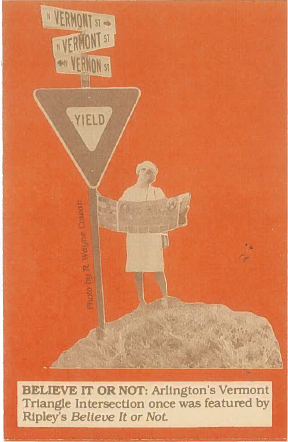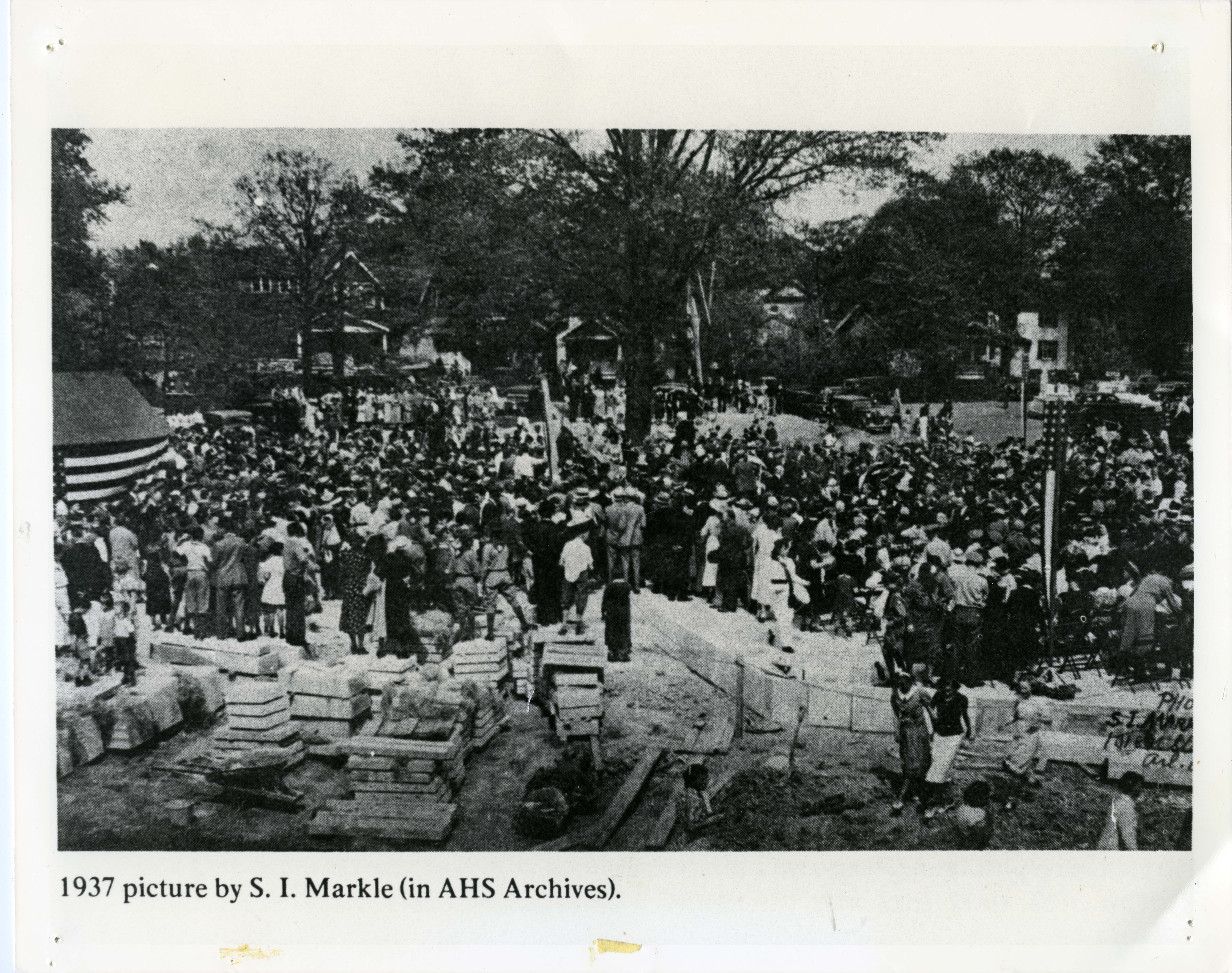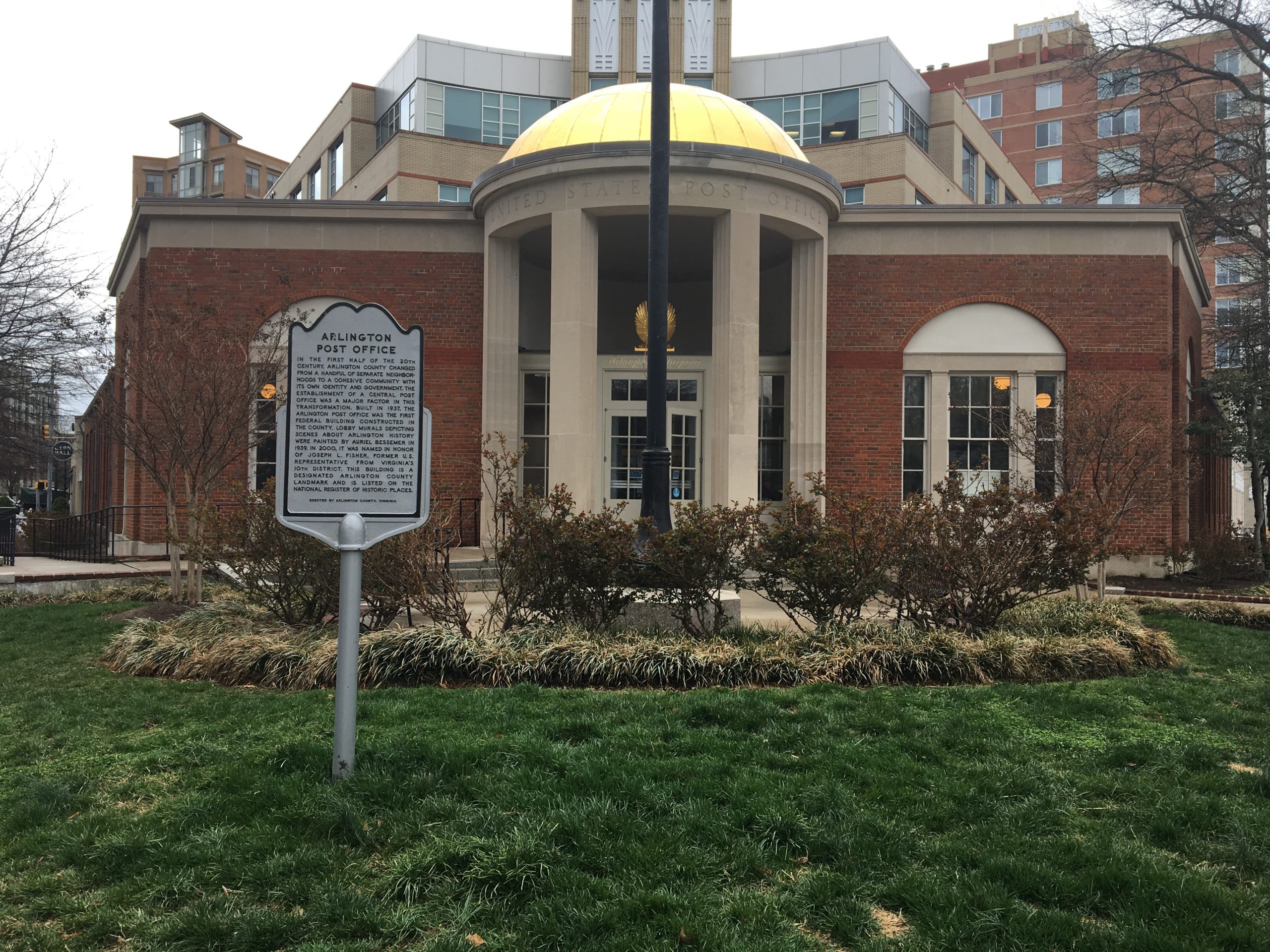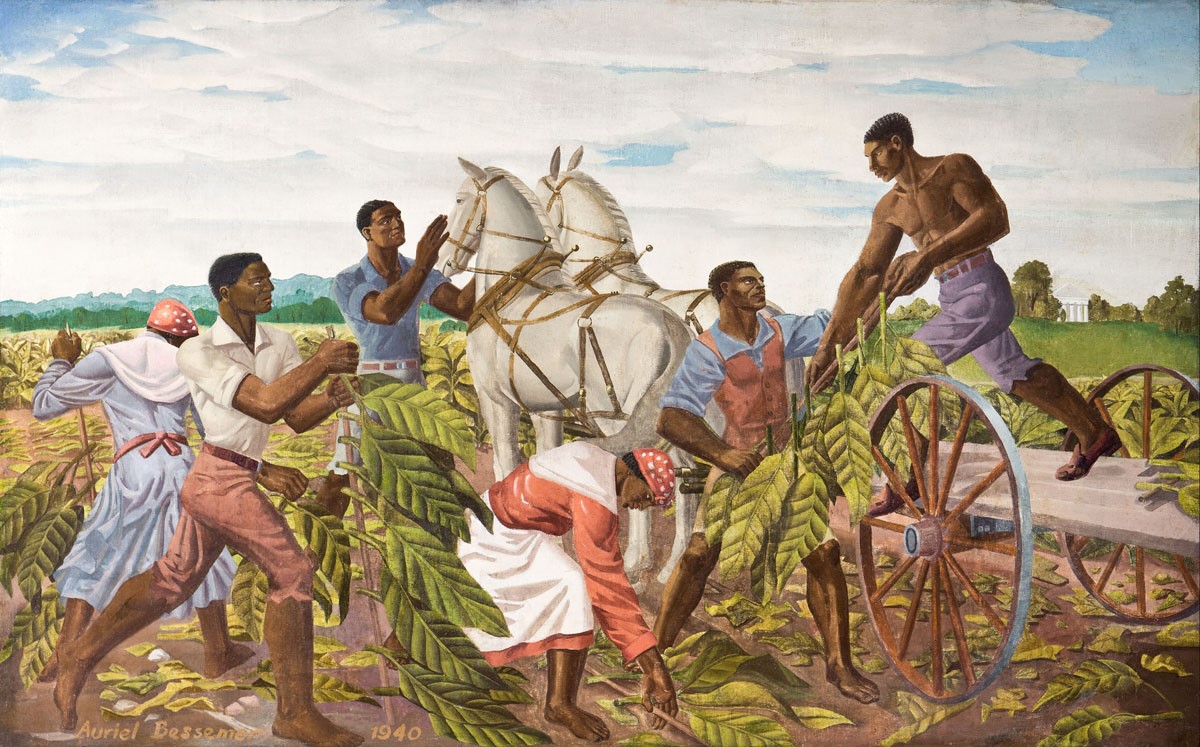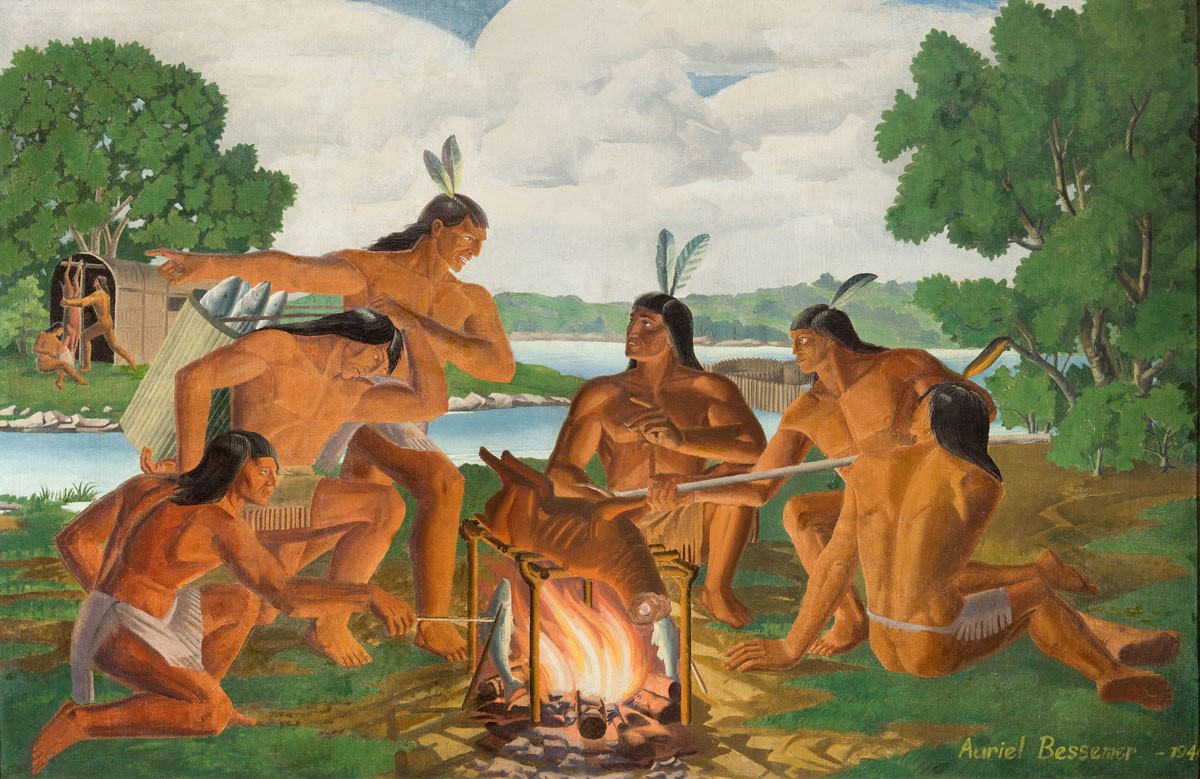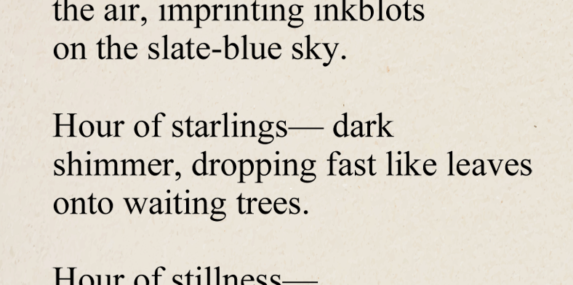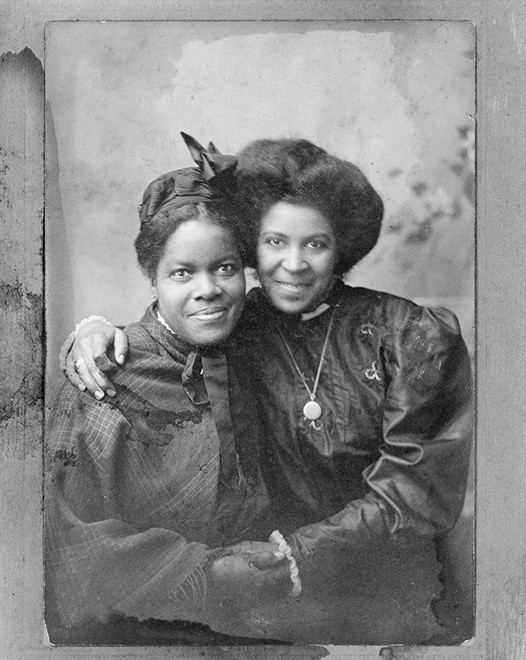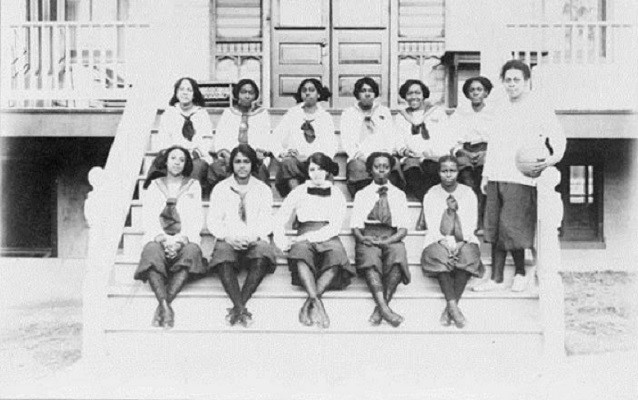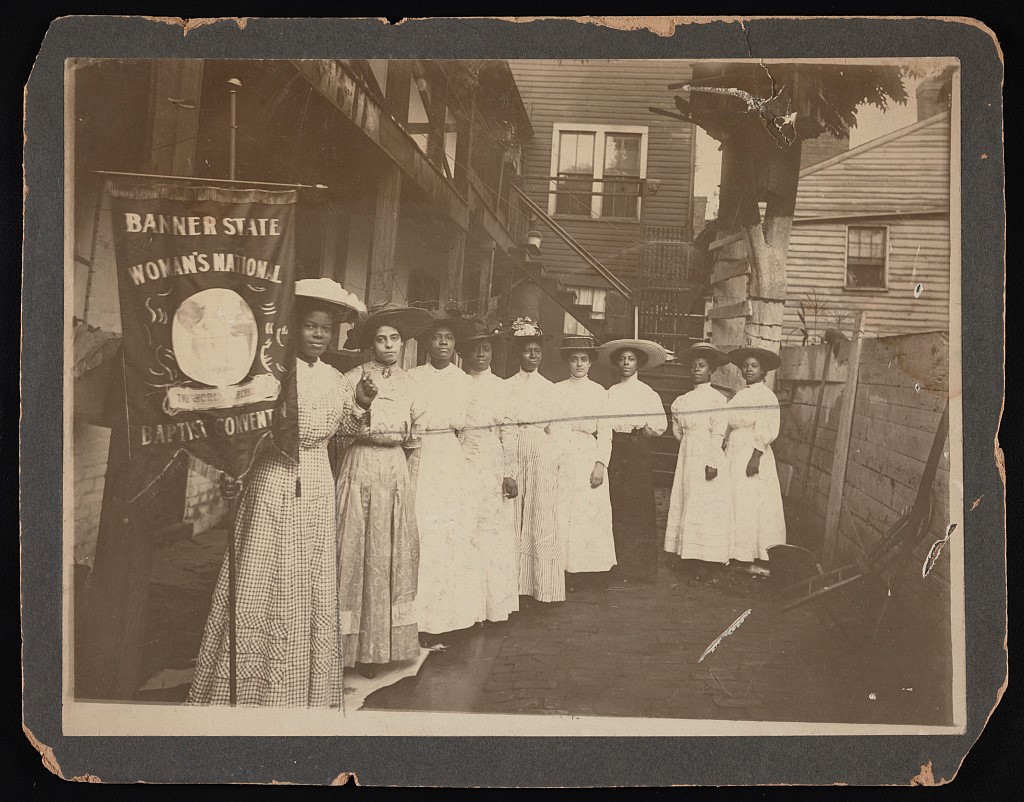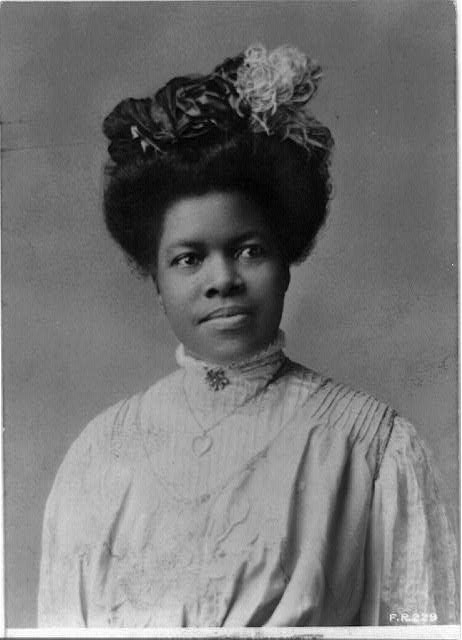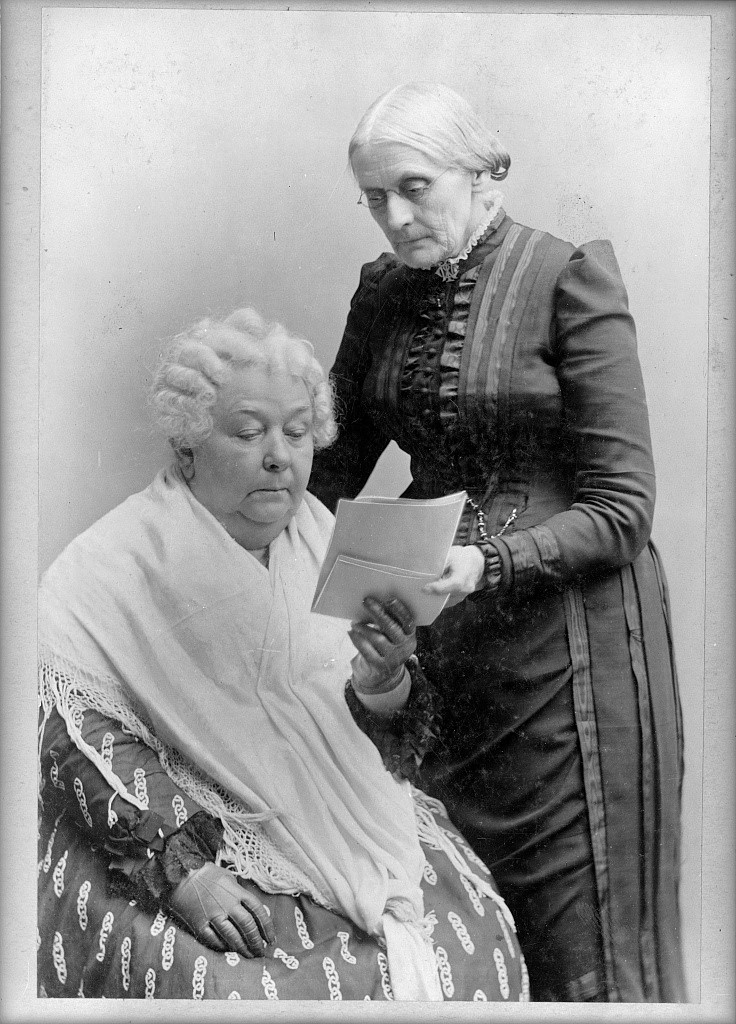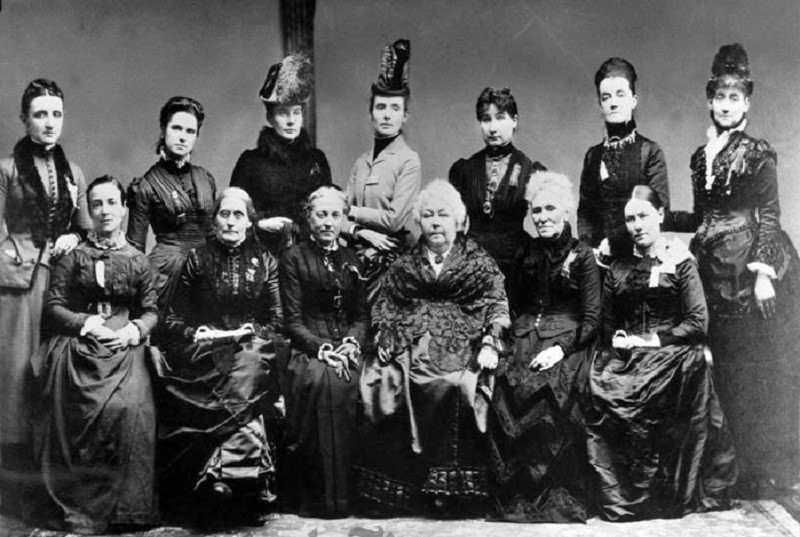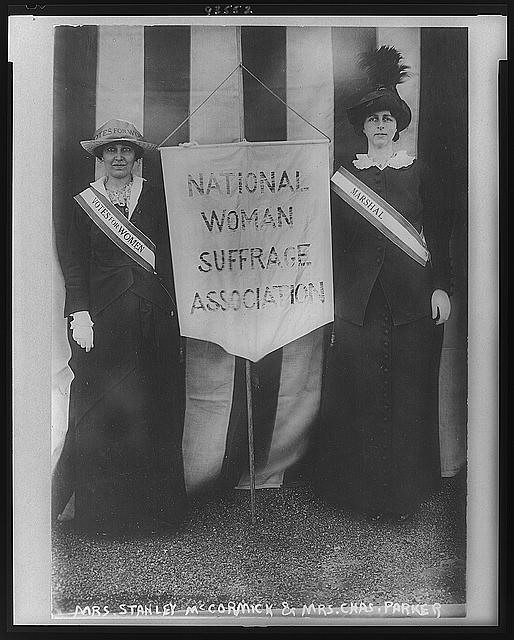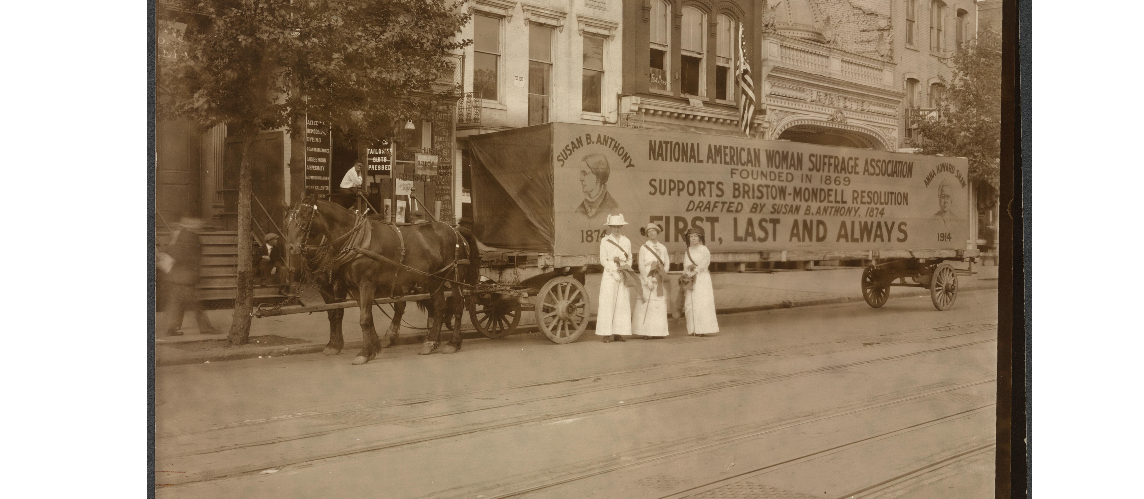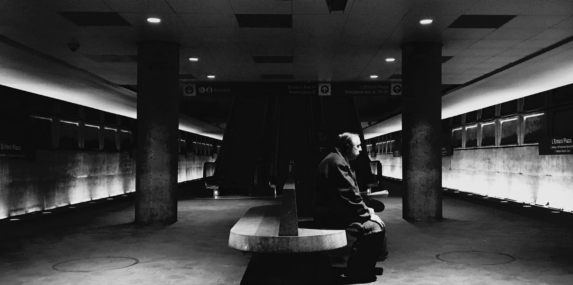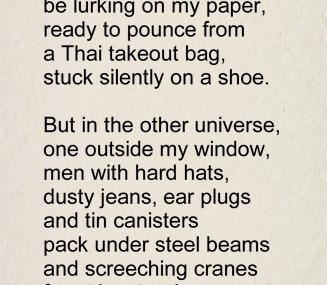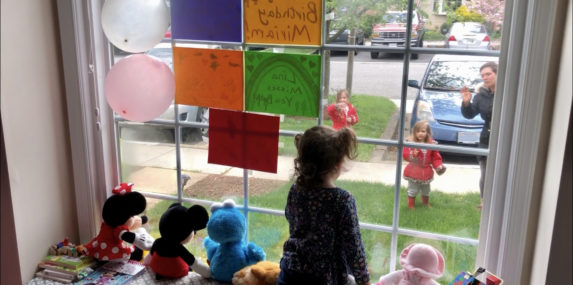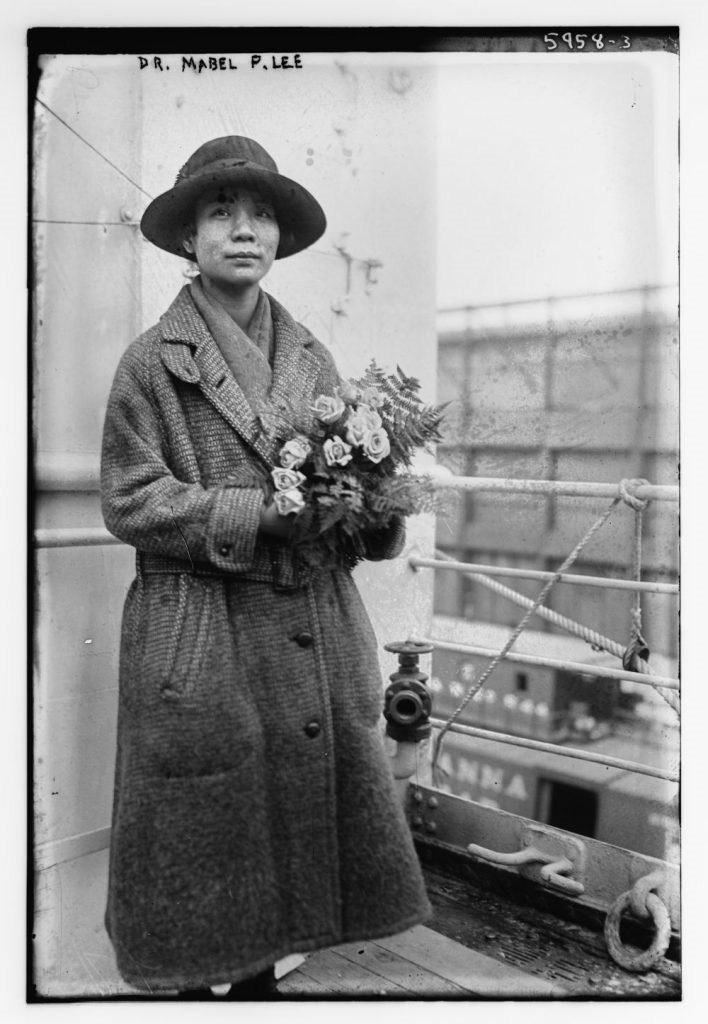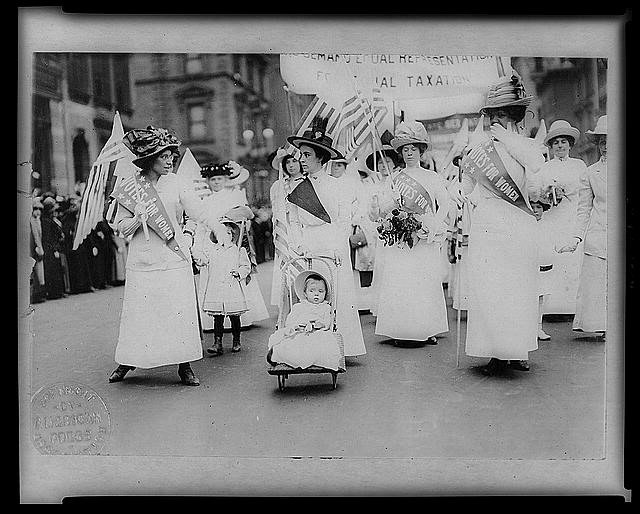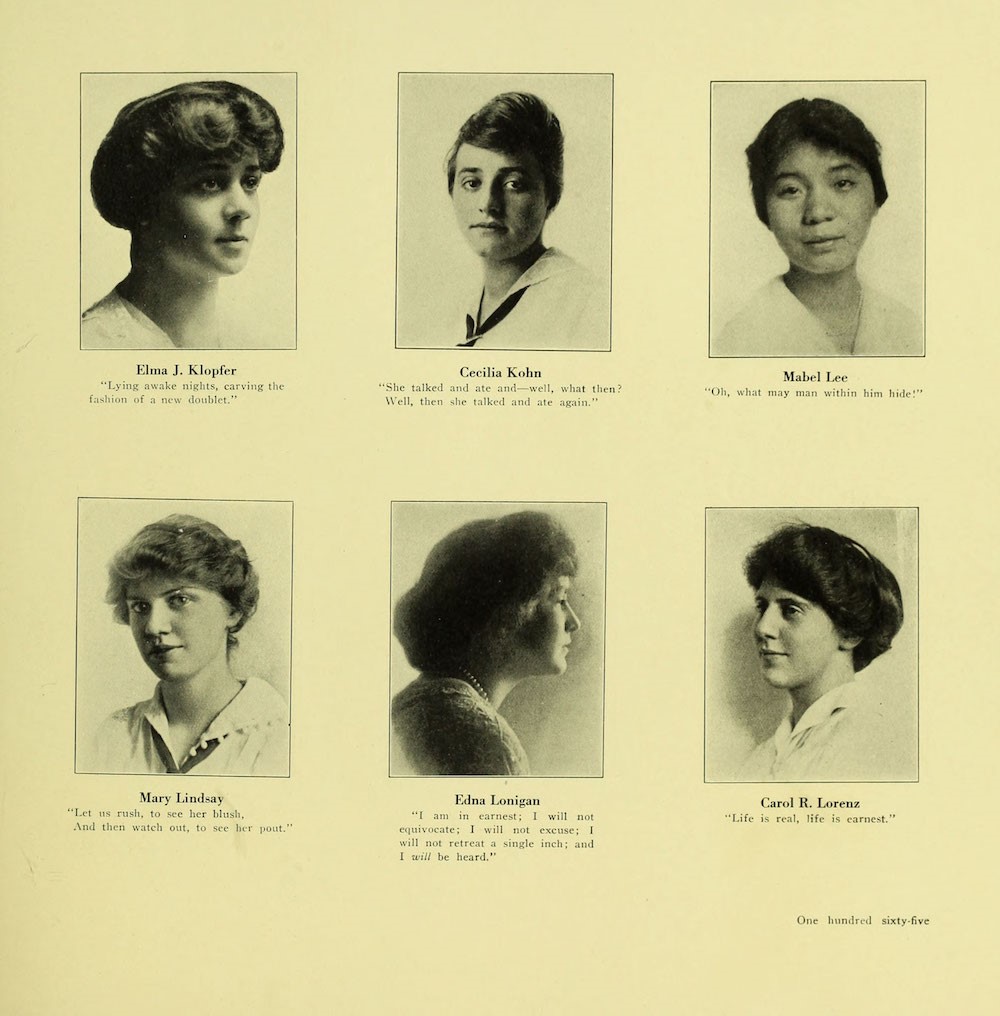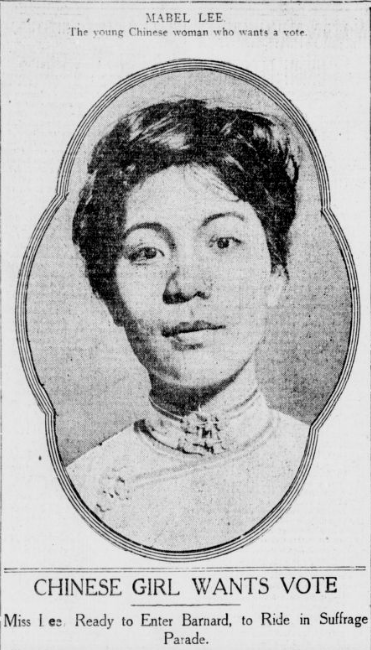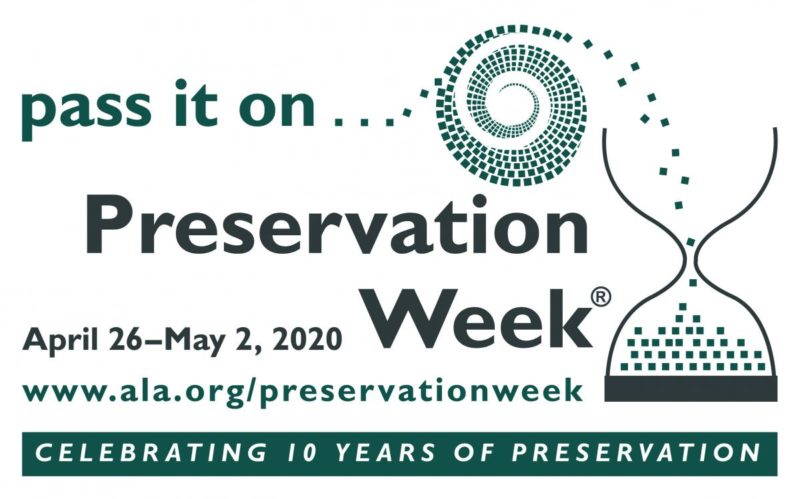If you live in Arlington County, you have the Arlington Post Office in Clarendon to thank for the name of your street.
Arlington County Rural Delivery Routes, Library of Congress, 1920.
After the boom of World War I, Arlington’s previously bucolic countryside began to develop into small sleeper communities, off-shoots from Washington, D.C. The rural roadways of Arlington evolved organically, along with the neighborhoods. They took unexpected turns, dead-ended, and had different names from one end to the other, using local neighborhood names rather than official ones. Among the more than 200 duplicate roads in Arlington in 1930, there were eight Arlington Avenues and two Arlington Streets, five Cedar Streets, five Maple Streets, three Hamilton Avenues, and ironically, two First Streets.
Much of the County was served by rural mail delivery from the Georgetown post office in Washington, whose service was unreliable partly because of the disconnected, changing, and unpredictable Arlington street names. The U.S. Postal Service required clear enumeration systems for properties to provide dependable service, so Arlington established a committee of citizens to create a coherent street naming system. This also provided an opportunity for the County to create a unified sense of identity for all its residents.
In September 1934, Arlington changed its street names to embrace an alphanumeric system which had latitudinal streets taking numeric names, and longitudinal streets taking alphabetical and syllable-based names. Since the County had not developed strictly along a grid system, many streets did not fall within this pattern, so some allowances were made for major thoroughfares whose names did not follow this standard.
This standardization of Arlington’s street names paved the way for a county-wide postal system, and within two years the sum of $200,000 was allocated for a new postal building whose service would cover everywhere from Georgetown to Glencarlyn. The land was purchased for $24,850 in August 1936 (equivalent to roughly $3.7 million in 2020) and by the end of that year designs for the building were already underway. Louis A. Simon, Supervising Architect of the Treasury, was the highest authority on the project; however, there were so many individual designers on the plans that no one author could be identified.
The construction of the Post Office - first federal building in Arlington County - attracted a lot of attention. Thousands of people attended the May 1937 ceremony for the laying of the cornerstone after watching a 40-float parade. The Postmaster General, James Farley, and Arlington’s Congressman, Howard Smith, watched as the cornerstone was laid with same trowel that was used to lay the founding stone of the U.S. Capitol and Washington Monument.
The Sun noted on May 7, 1937, “The fact that Uncle Sam decided it was time to build us a ‘real’ post office means we are not the only ones who think we’re an important community.”
Construction moved quickly, and the office opened for business on December 13, 1937.
Laying the cornerstone for the Arlington Post Office, S.I. Markle, 1937. Courtesy of the Arlington Historical Society.
The architectural style of the Arlington Post Office (APO) is considered Georgian Revival, which is characterized by exaggerations and adaptations of the 18th-century Georgian style popular in New England. The Georgian style was denoted commonly by two-story rectangular buildings with five window/door openings on each floor and decorative embellishment around the central door.
The APO building is a common bond brick single-story with a full basement. The domed portico is a signature characteristic, flanked by stylized tri-partite (or Palladian) windows which are typical of Georgian design. The imposing throwback to classical architecture and the use of imposing fluted concrete columns at the entrance is typical of the 1930s style.
Arlington Post Office, 2018, Historic Preservation Program Archive
After the Great Depression, the Federal government began to invest in many infrastructure systems, both to provide jobs and to improve national morale. Although the Federal Art Project of the Works Projects Administration (WPA) is the best-known New Deal-era funding program, the murals in the Arlington Post Office were funded by the Treasury Department’s Section of Fine Art (The Section) which had been established by President Roosevelt in October 1934. Roosevelt had been inspired by a friend to develop The Section modeled after a Mexican project which paid artists to paint murals in government buildings.
Over nine years, The Section paid for 1,309 murals and 332 sculptures for courthouses and post offices nationwide. These were meant to depict America’s values - hard work and simple lifestyles - to encourage people during an era of economic hardship.
"I, too, have a dream - to show people in the out of the way places, some of whom are not only in small villages but in corners of New York City - something they cannot get from between the covers of books -some real paintings and prints and etchings and some real music." - Franklin Roosevelt to Hendrik Willem Van Loon, January 6, 1938
Auriel Bessemer won the national competition to paint the Arlington Post Office murals and based his images on local sites and occurrences. His painting style was characteristic of the Art Deco era. The scenes include picnicking at Great Falls, romanticized visualizations of the encounter of Native Americans and settlers, the lives of enslaved people in Virginia, and the apocryphal story of John Smith’s journey. Bessemer produced sanctioned work for the Federal Government, while also owning a progressive art gallery in Dupont Circle, Washington, D.C. and writing anti-fascist poetry, including the stanza “Prepare mankind, yet blind, for mutual slaughter.”
Auriel Bessemer, Early Indian Life on Analostan Island, 1940. Arlington Post Office Mural.
The Arlington Post Office, renamed for County Board chair and Congressman Joseph L. Fisher in the 2000s, became an Arlington County Local Historic District in October 1984, which provided it with protections from demolition and unregulated exterior alterations. It was added to the honorary National Register of Historic Places in February 1986 for its role in creating a single Arlington identity, and for its distinctive architecture. As Clarendon grew, the landscape changed around the APO, transforming a mid-century single-story commercial streetscape into a growing multi-use corridor. When a site plan project was proposed adjacent to the historic building and its 1946 commercial neighbor (originally the Scheff Store, then the Dan Kain trophy store, now Lyon Hall), the Local Historic District status of both historic buildings protected them during redevelopment.
The Arlington County Historical Affairs and Landmark Review Board (HALRB) helped preserve the single-story streetscape while allowing new development behind the historic buildings to provide commercial and residential density in the popular downtown area. During the development, the Keating Partners funded the restoration of the murals which were on display in the Arlington Public Library before they were returned to the post office.
Visit the original Arlington Post Office (once it is safe to) to patronize a mail center with an 83-year history, as well as to see the restored Treasury Department’s Section of Fine Art murals in place.
"Preservation Today: Rediscovering Arlington" is a partnership between the Arlington Public Library and the Arlington County Historic Preservation Program.
Preservation Today: Rediscovering Arlington
Stories from Arlington’s Historic Preservation Program
Arlington’s heritage is a diverse fabric, where people, places, and moments are knitted together into the physical and social landscape of the County.
Arlington County’s Historic Preservation Program is dedicated to protecting this heritage and inspiring placemaking by uncovering and recognizing all these elements in Arlington’s history.
To learn more about historic sites in Arlington, visit the Arlington County Historic Preservation Program.

